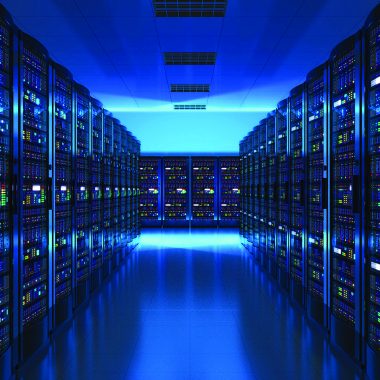Tesla AI Event 2022
- Tesla is developing a humanoid robot to help with the labor shortage.
- The latest version of the Optimus robot can walk on its own, lift items, and squat.
- Elon Musk thinks that Tesla’s robots could one day outnumber humans and make physical work optional.
In 2021, Elon Musk announced a Tesla humanoid robot named Optimus. It is designed to help reduce the labor shortage, according to Musk, and keep workers safer. This could very well be groundbreaking, however, it still has a long way to go before it is ready for production and available for purchase.
Based on earlier reports, it appears that Optimus will stand in at 5’8″ and weigh 125 pounds. It’ll be able to deadlift more than its entire bodyweight and carry 45 pounds at 5 miles per hour. Noting its maximum lift strength and speed, Musk stated that the limitations weren’t a mistake and were deliberately designed at the physical level, jokingly telling YouTube viewers that “you can run away from it and most likely overpower it” by design.
While some could see these physical limitations as a downside, this could help assuage fears that the public might have from watching films like those of the Terminator series and other works of fiction where robots take over the world. However, there will certainly be applications where having a robot carrying significantly more weight would be useful, for example.
Musk has said that the goal behind the creation of this robot is to take over menial and dangerous tasks from human workers, which would improve safety. Noting his support for a future minimum basic income, he told viewers of Tesla’s AI event in 2021 that this is designed to help end the labor shortage and expressed his desire for a future where “physical work will be a choice.”
Optimus will use Tesla’s Autopilot software connected to eight cameras feeding into its neural network.
The cost of Optimus is unknown at this time, and the same can be said for its eventual release. However, non-working replicas of the robot have been showing up at some Tesla stores and showrooms, and Musk has said he believes its price should be kept at “less than half the price of a car.”
In 2022, the world caught its first glimpse of a semi-functional Optimus robot – and unlike its 2021 debut, it wasn’t a person dancing in a bodysuit. This prototype was able to wave to the crowd live at the company’s AI day, though it was not ready to walk unassisted. In a prerecorded video, Optimus was seen completing chores such as watering a plant and showcasing its lifting ability in a factory setting.
In 2023, Musk made waves by predicting that Optimus robots could outnumber humans one day. The update video showed marked improvements, with Optimus able to walk on its own and complete more complex tasks. Musk and Tesla went on to release further videos showing the Optimus could do yoga stretches, and a second generation of Optimus could squat, fold laundry, and even pick up an egg.
CFOTO/Future Publishing via Getty Images
This Gen 2 model was 22 pounds lighter than the first generation, and 30% faster. The rapid advancements in Optimus’ capabilities showed a remarkably fast evolution from a robot that could barely walk just a year prior.
Musk said in a 2024 Tesla earnings call there’s a “good chance” the company would start shipping some units of Optimus in 2025. He has plans to eventually put the robot to work in Tesla’s factories and to sell it to the public.
The billionaire himself said in the earnings call that he’s “often optimistic,” then caveated his Optimus projection by saying, “When there’s a lot of uncertainty and you’re in uncharted territory, it’s obviously impossible to make a precise prediction. We will be updating the public with progress on Optimus every few months.”
https://www.businessinsider.com/elon-musk-tesla-robots-ai-automation


